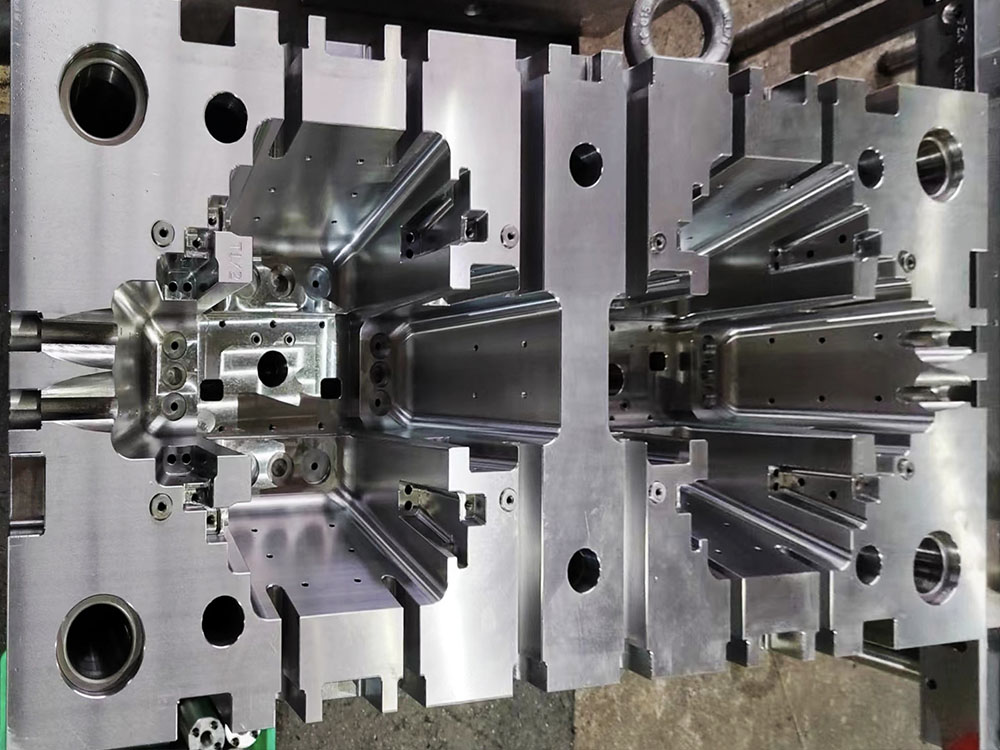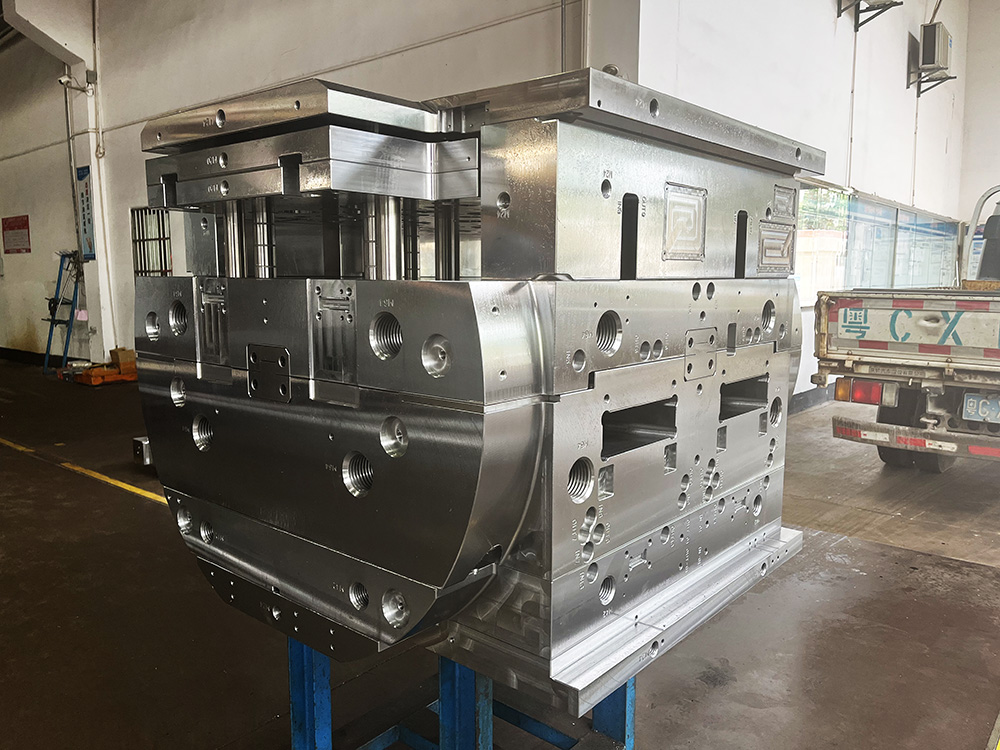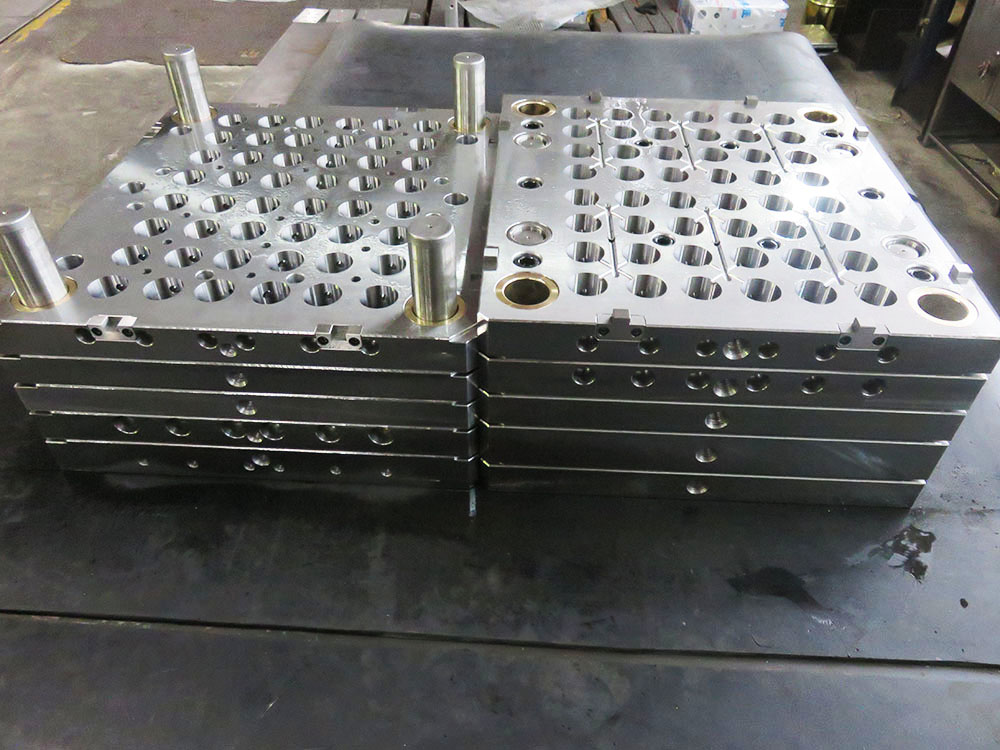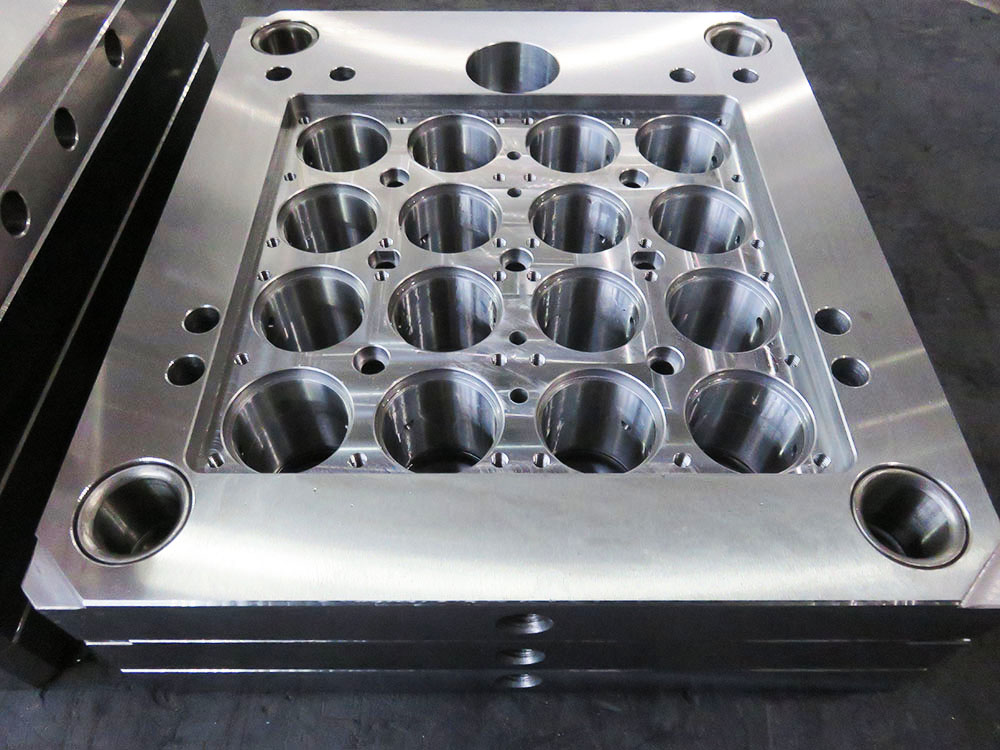How to Draw Threads on a Model?
In the mold base industry, it is crucial to accurately represent threads on a model. Threads are essential components of many products, and their accurate depiction can ensure the successful production of molds. In this article, we will discuss the step-by-step process of drawing threads on a model, highlighting the key considerations and techniques involved.
Step 1: Gather the necessary information
Prior to drawing threads on a model, it is important to gather all the necessary information. This includes the thread diameter, pitch, and thread form, among other relevant specifications. This information can be obtained from engineering drawings or by directly measuring the physical product.
Step 2: Determine the thread representation method
There are several methods to represent threads on a model, and the choice depends on the specific requirements and design constraints. The commonly used methods include cosmetic threads, functional threads, and simplified representations.
Cosmetic threads: Cosmetic threads are typically represented by defining the thread's major and minor diameters without showing the actual helical form. The thread form may be represented by a simple triangular shape or a symbol, such as the ANSI standard thread symbol.
Functional threads: Functional threads are accurately represented to reflect the thread's actual geometry. This method requires modeling the detailed thread profile, including the helix, thread pitch, and thread form. Functional threads are often necessary for parts that will be directly manufactured from the model or used for engineering analysis.
Simplified representations: In some cases, threads may be simplified to reduce model complexity or enhance performance. This can involve representing the thread as a series of straight lines or using a simplified thread form that approximates the actual geometry. However, it is important to ensure that the simplification does not compromise the functional aspects of the thread.
Step 3: Select the appropriate modeling software
Once the thread representation method is determined, the next step is to choose the appropriate modeling software. There are numerous software options available, including SolidWorks, Autodesk Inventor, and PTC Creo, among others. It is essential to select a software that supports the chosen thread representation method and provides the necessary tools for accurate modeling.
Step 4: Model the thread profile
With the chosen software, the thread profile can be modeled. For cosmetic threads, this involves defining the major and minor diameters and applying the thread symbol or triangular shape. For functional threads, the actual thread geometry is recreated, modeling the helix, pitch, and thread form accurately.
Step 5: Assess the model's compatibility
After modeling the thread profile, it is crucial to assess its compatibility with the rest of the model components. This involves verifying the fit and clearance between the threaded part and the mating components. Additionally, any potential interference or clashes should be identified and addressed before finalizing the model.
Step 6: Validate the thread representation
Before finalizing the model, it is recommended to validate the thread representation. This can be done through visual inspection and cross-referencing with engineering drawings or specifications. Validation ensures that the thread representation accurately reflects the intended design and meets all the necessary requirements.
Step 7: Document the thread representation
Finally, it is crucial to document the thread representation method used and provide clear instructions for manufacturing or subsequent design iterations. This documentation will serve as a reference for production teams and ensure consistent implementation across the entire manufacturing process.
In conclusion, accurately drawing threads on a model is crucial in the mold base industry. By following the step-by-step process outlined in this article, professionals can ensure that the threads are correctly represented on the model, facilitating successful mold production.




